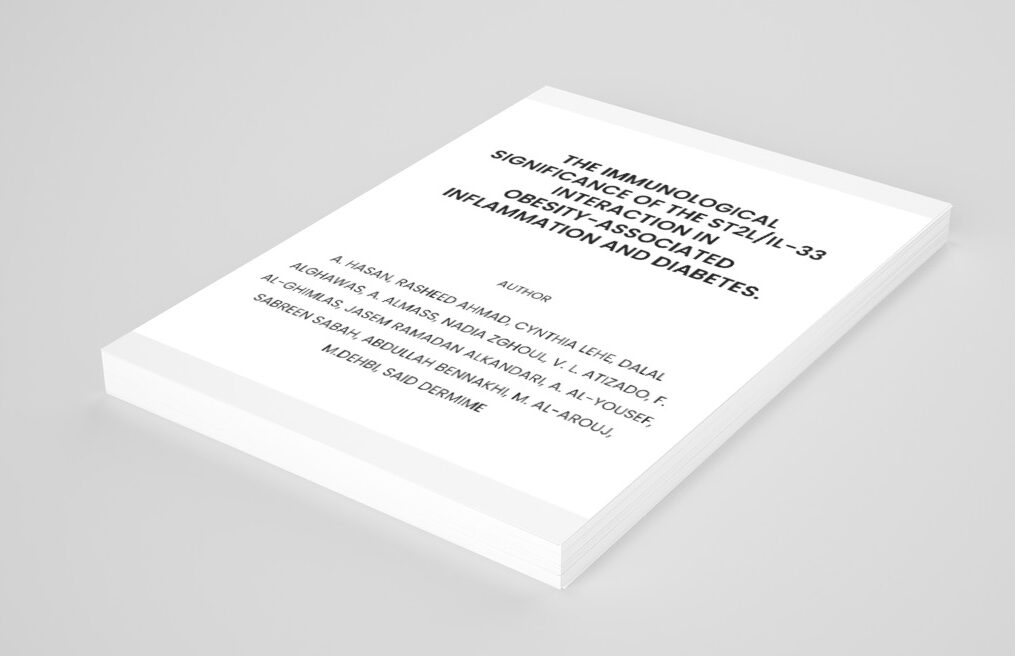
Publication: Immunology
Low-grade chronic inflammation is considered as a major determinant governing obesity and its progression to insulin resistance and type II diabetes. Recent animal studies suggest that Th1 cells and cytotoxic T cells are involved in the attraction of proinflammatory adipose tissue macrophages, which are a major cause of adipose tissue inflammation, and that Th2 cells are protective from such inflammation. The ST2L molecule is expressed on the surface of macrophages, monocytes and Th2 cells. The ligand for ST2L is IL-33. It has been shown that murine IL-33 acts as a chemoattractant for Th2 cells and induces Th2-associated cytokine production. In addition, IL-33-treated DCs stimulate naive CD4+ T cells to produce robust IL-5 and IL-13. Therefore, ST2L/ IL-33 interaction may play a critical role in the induction, maintenance and recruitment of protective Th2 cells in the adipose tissue. However, the role of the ST2L/IL-33 pathway in obesity-associated adipose tissue inflammation and diabetes has not been determined. We aimed in this study to compare the expression level of ST2L and IL-33 in lean and obese individuals with and without diabetes. Plasma, serum, peripheral blood mononuclear cells, and adipose tissue biopsies were isolated from adult lean and obese subjects with and without diabetes, and assessed using immunological assays such as ELISA, Flow Cytometry and Immunohistochemistry. Data on the expression level of ST2L and IL-33 will be presented. Understanding of the significance of the ST2L/IL-33 interaction may help in the prevention of obesity-associated adipose tissue inflammation and hence diabetes.
